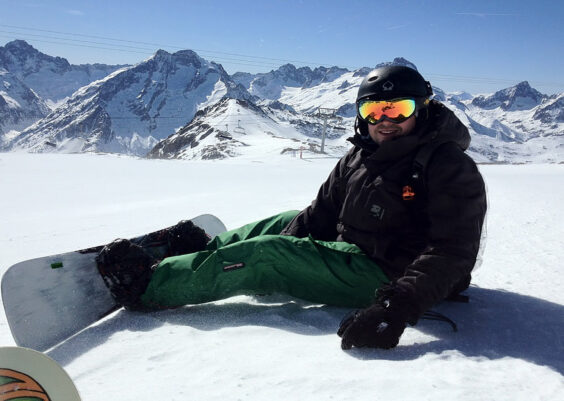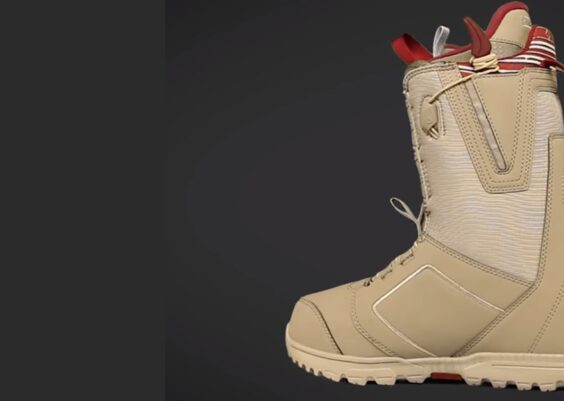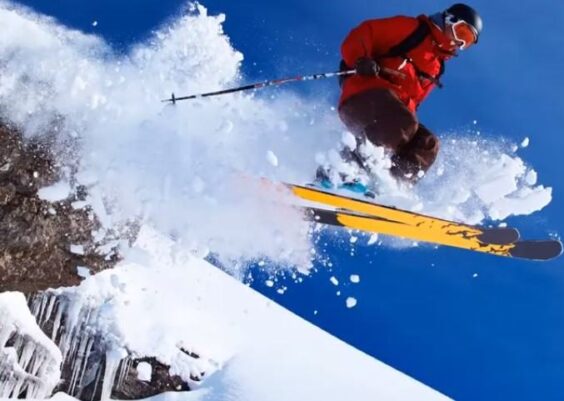Snowboard boots carry a sense of specificity with them hence not all of them are built to cater to a similar purpose. The key factor that decides and differentiates snowboard boots is the riding style.
Based on riding style and ability level snowboarding boots have been broadly defined in categories like Beginner boots, All-mountain boots, Freestyle boots, Free-riding boots.
So in this article, we shall discuss these boots and what makes them different from others and unique in their purpose.
Let’s dig in.
Beginner Boots
There is a common misconception that beginner boots are cheap. If the price is the only spectrum you opt for then you are missing out on a big chunk of it.
The thing is not all cheap ‘roadside’ boots are suitable for an enthusiast beginner, but that doesn’t mean you should buy costly boots as a beginner. Nevertheless investing a little will get you some very cool beginner specs in the boots.
Flex
This shouldn’t come as a surprise that beginner boots come with a softer flex or soft-medium flex. Just like how it is with snowboard and bindings.
If you end up with stiffest snowboard boots then it will be very difficult for beginners to navigate the snowy trail with them. A stiff flexed boot will be way less forgiving and physical torture to ride in.
Besides a softer flex means low priced boot. A win-win situation for price-conscious folks!
Comfort
The second most important factor is comfort. Cheap boots aren’t exactly comfortable (that’s not in their job profile), so you need to pay attention to this aspect.
Often rookie skiers go for rental boots for the first time and the level of discomfort they receive from it dissuades them from snowboarding entirely.
It’s hard enough to get the hang of snowboarding let alone the soreness of foot.
Grip
The only way to communicate with your boots is with the sole’s grip. Better the heel holds better the response you will get from the boot.
As far as heel hold is concerned it depends on both the boots and the person’s ankle and feet.
Since the heel hold varies from person to person it is recommended that you try it on before buying it.
All-Mountain

The job of All-Mountain boots is to strike a perfect balance between being able to ride the whole mountain and ride the park. The bottom line is an all-mountain boot needs to be capable of doing everything.
Flex
People often ask, what’s the best way to go when it comes to all-mountain snowboard?
The simple answer would be that you should go for a medium (5-6/10) or medium-stiff flex (7-8/10).
Why?
Well, suppose you are a casual rider and plan on incorporating more freestyle stuff in your riding then medium flex is something that you should go for.
In case you prefer a more aggressive tone then you would surely need a more responsive boot. For that medium-stiff boot is a worthy option.
Comfort
Apart from flex, there are a couple of other factors that need to be in balance as well to have a well-functioning snowboarding boot.
These factors include soles (comes in real handy when you are hiking through backcountry), traction, shock absorption, and weight (lightweight and comfy).
Freestyle

Freestyle in my opinion is the most joyful and adventurous of all as it focuses mostly on fun terrain (rails, spins, jumps, half-pipe jibbing, and tricks).
The trick here is to find the boot with maneuverability, feel, and quick responses as these characteristics define the park experience.
Flex
Like beginner boots, freestyle boots have forgiveness as well. Now how much forgiveness you say? Well, that solely depends on the kind of free-styling you prefer to do.
For instance, if jibbing is how you spend your better part of the day then a medium-soft is recommended for you.
Meanwhile if riding pipe or making large jumps is your jam then something stiffer should be your choice.
There are some who are a little bit of both and for them, medium flex is the right choice.
Shock absorption
Courtesy of freestyle riding you are almost always airborne which means there’s almost always landings involved. Hence you need sufficient cushioning.
Freeride

Freeriding sometimes known as Big Mountain riding covers untracked backcountry terrain and some groomed runs.
As the name suggests free-rider prefer a more aggressive and extreme ride, because of that they need boots that can match their energy level. Precisely why one of the costliest boots are the freeriding boots.
Flex
Medium stiff or Stiff are your best options as far as freeriding is concerned. Here you are going to need every bit of response you can get out of your boots.
Needless to say that only an experienced rider will be able to handle such a stiff boot, but then again only an experienced rider can perform all the stuff that free-riders typically do.
Traction
A sound grip is quite important in a freeride boot, especially when you are hiking in the backcountry. If it comes to it you should be ready to sacrifice some shock absorption for some good ole grip.
However, some boots can manage a good mix between these two aspects.
Conclusion
Now I am sure you can see how each riding style is different from others despite some similarities, and how these riding styles categorize snowboard boots.
Now all that remains is for you to figure out which category you fall into, once you do that you can easily find a nice pair of boots for yourself.
So what are you waiting for?
Follow These Riding Tips: Tips for Riding with Someone New to Skiing or Snowboarding.
Last updated on October 8th, 2022 at 10:15 pm




